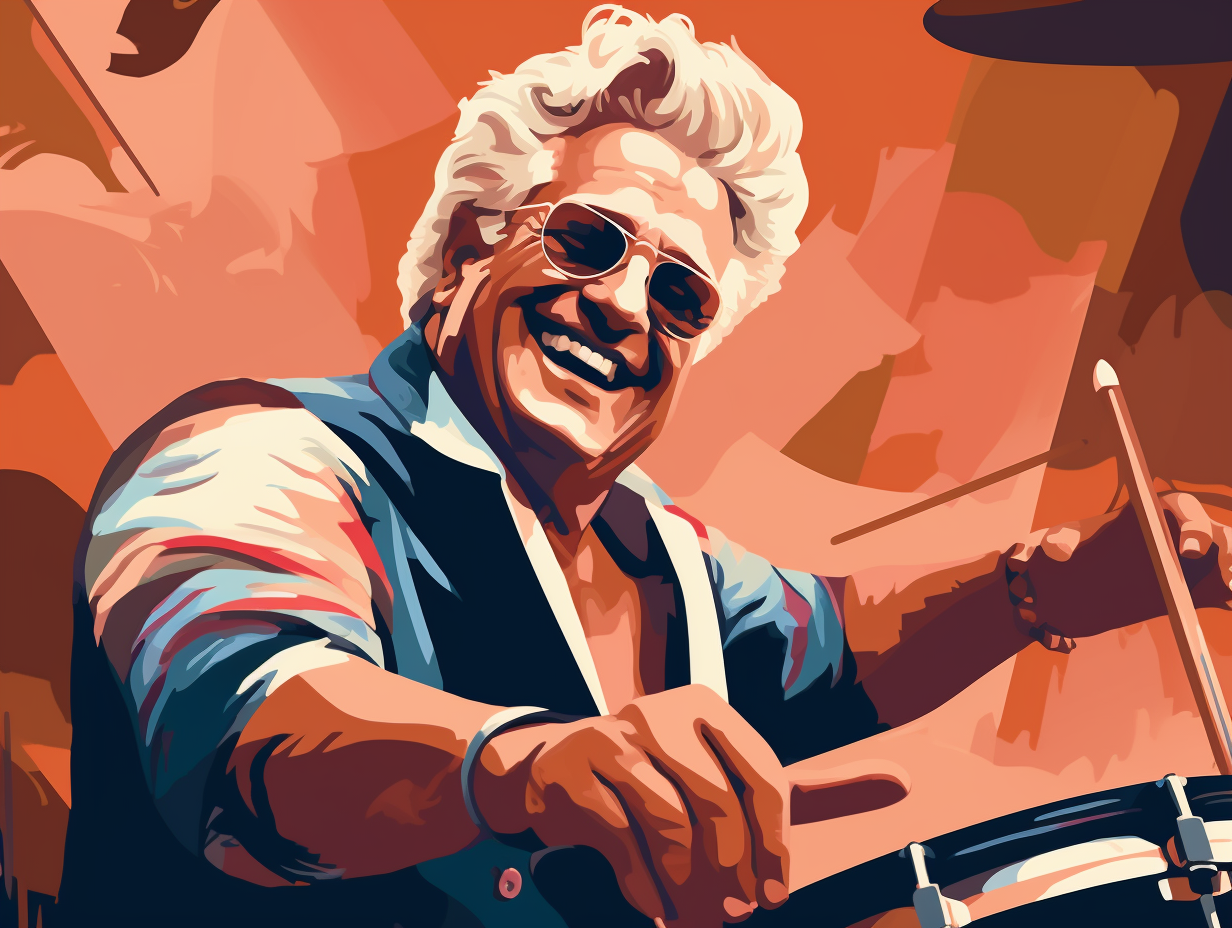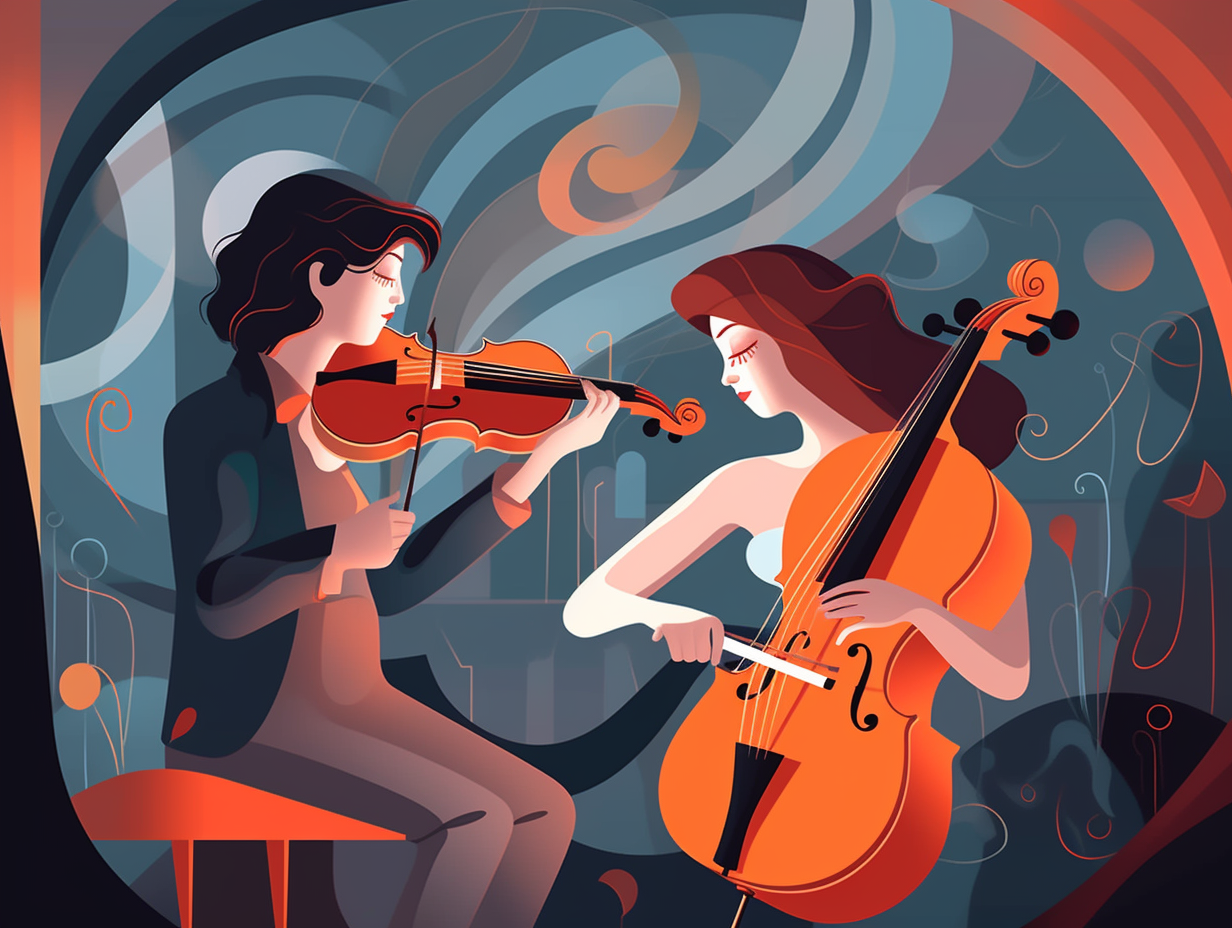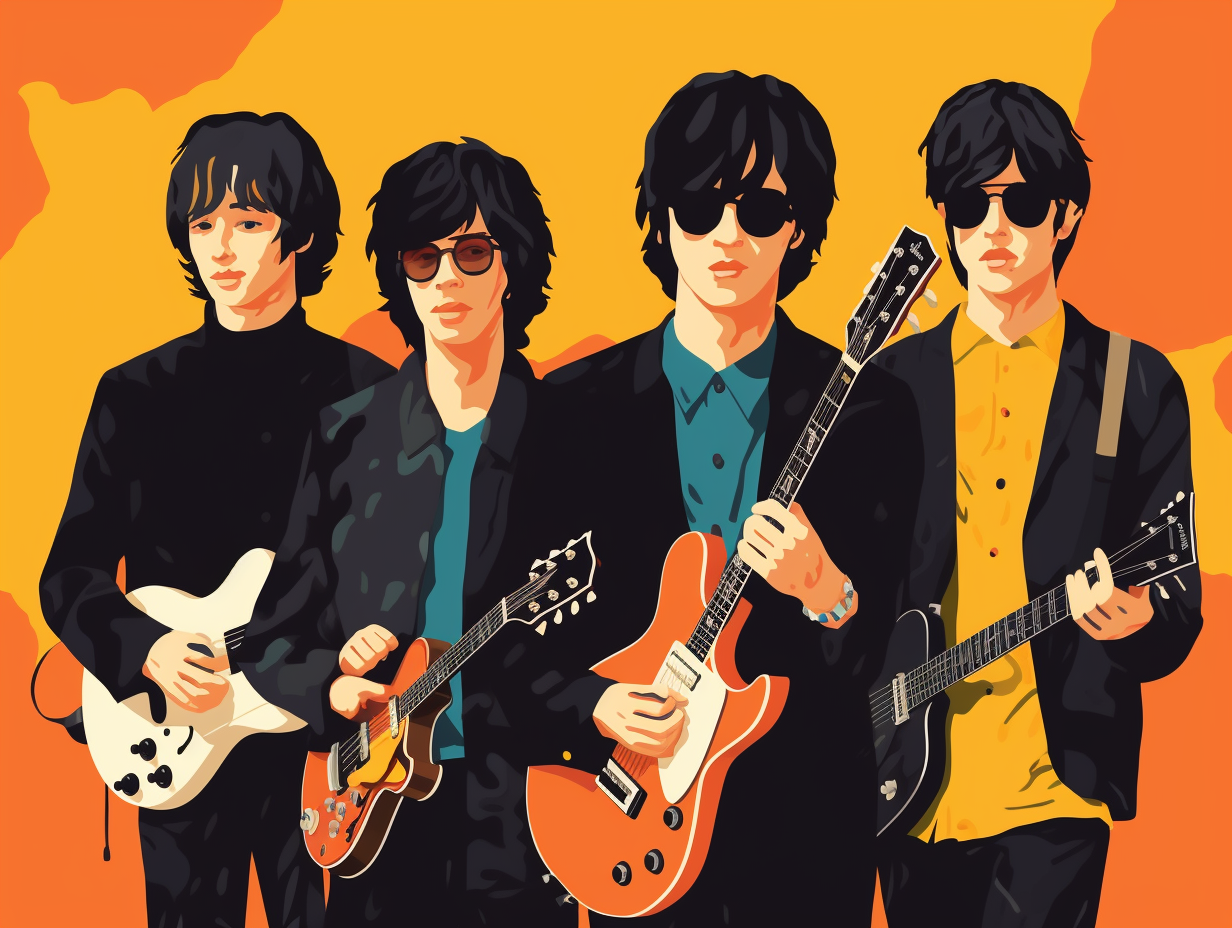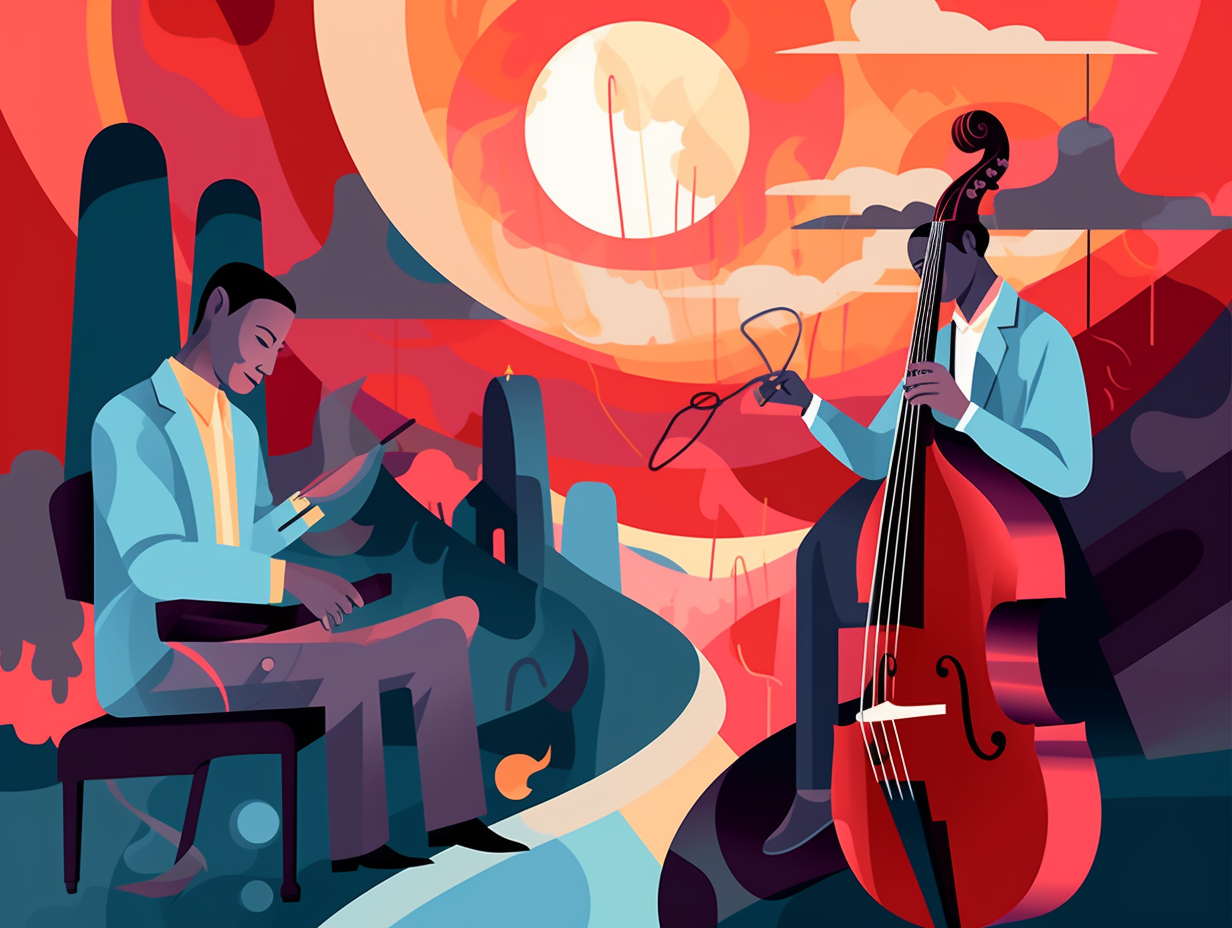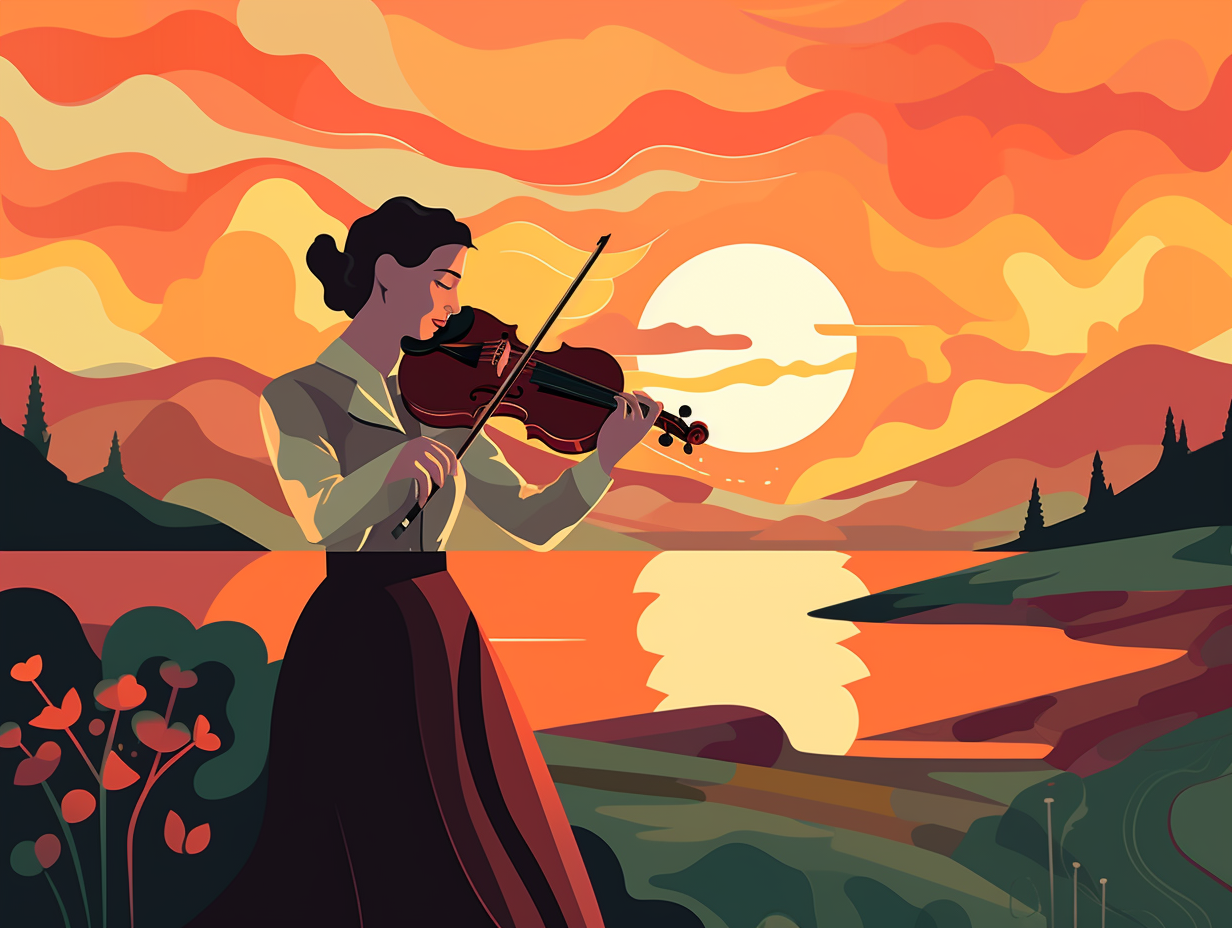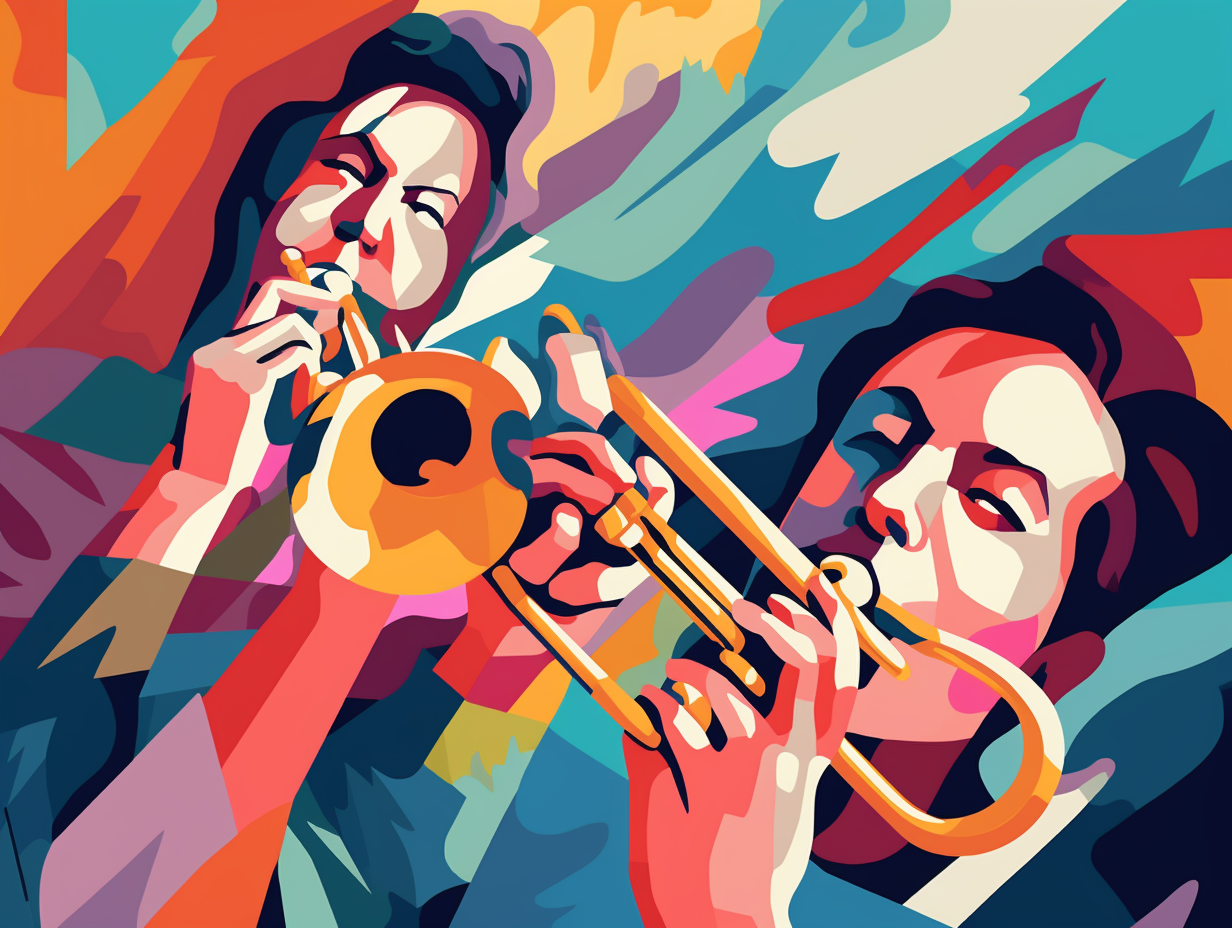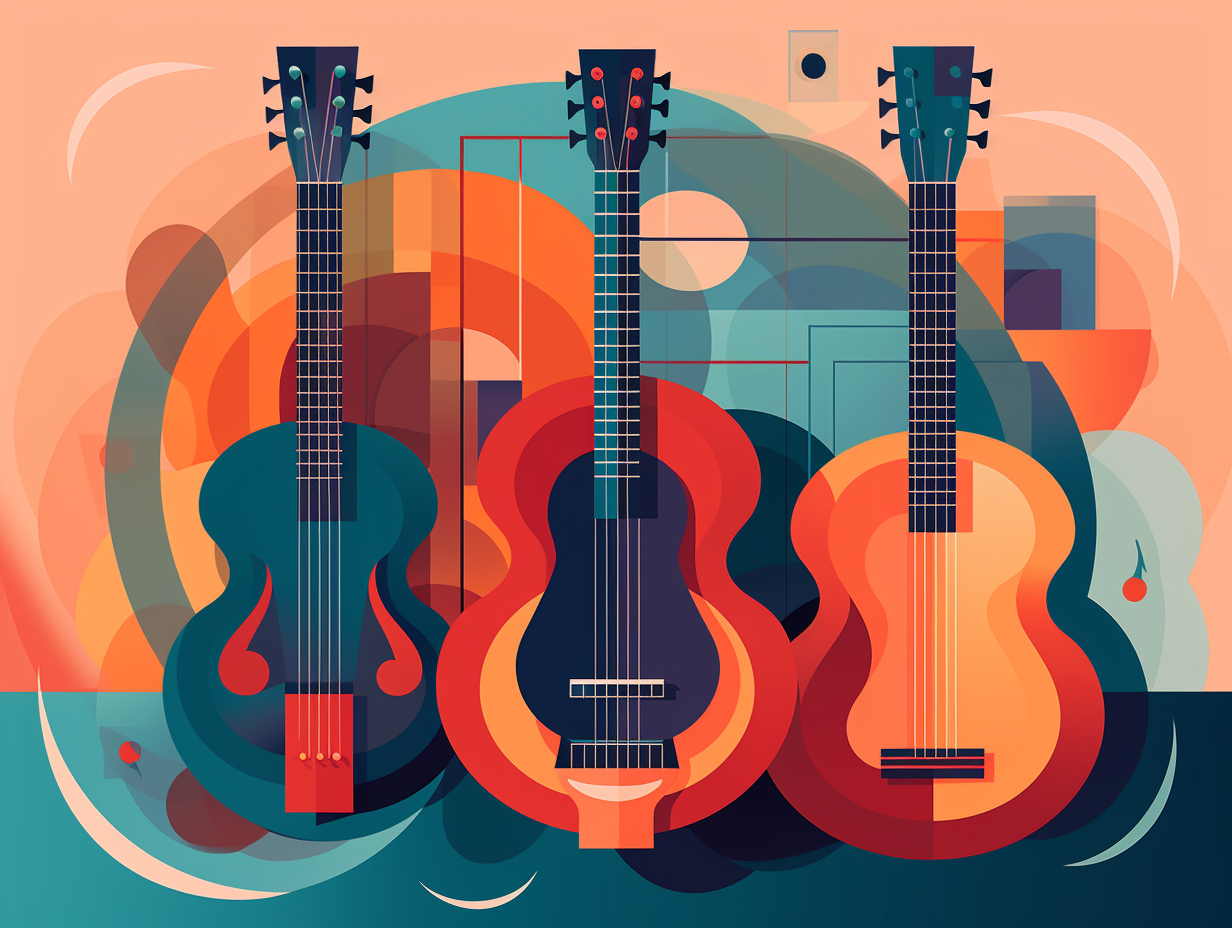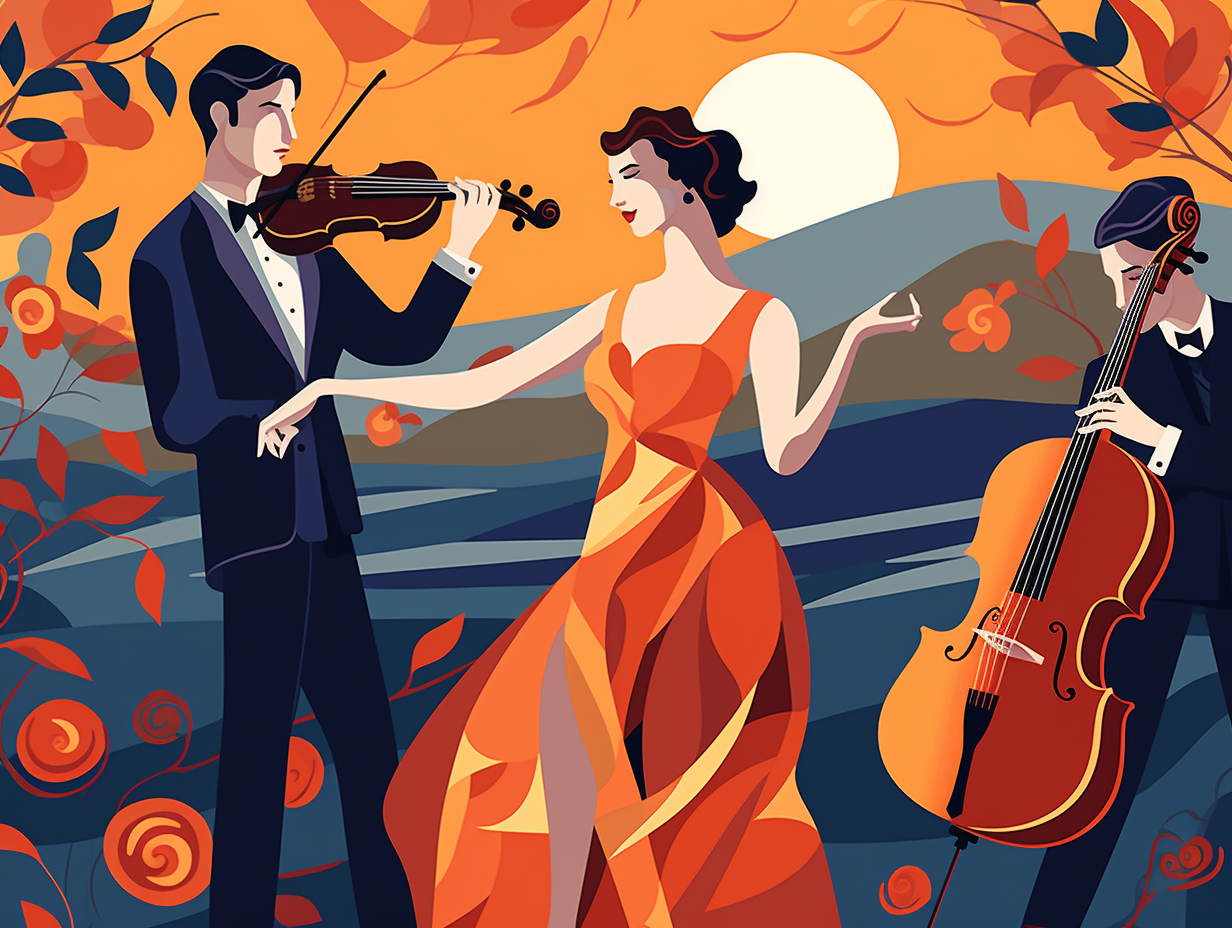Discover the Rhythms of Spain: Top 13 Fun Facts About Spanish Music You Never Knew
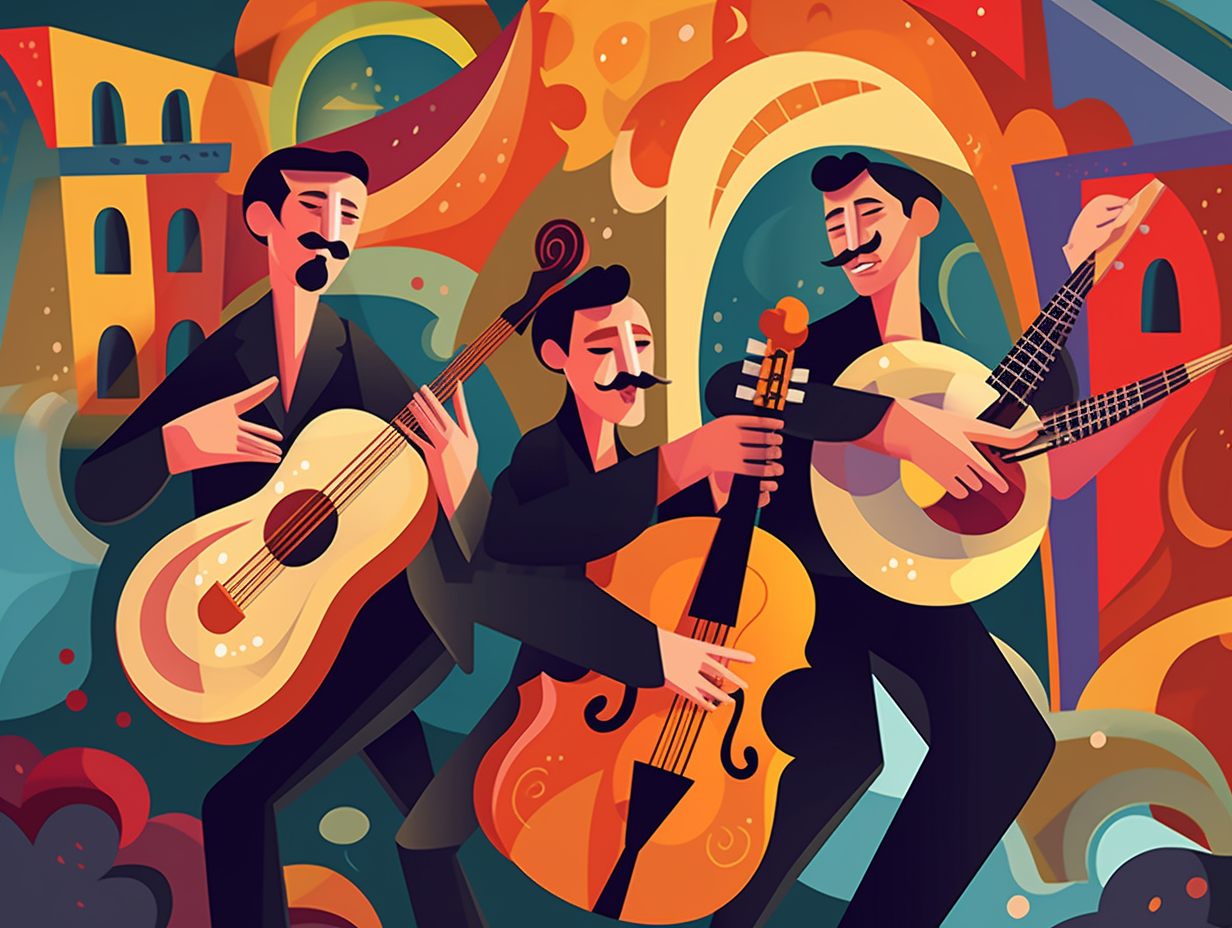
1. Beyond Maracas and Paella
If you think Spanish music is just shaking maracas and punting paella, think again, amigo: Spanish tunes cover everything from salsa's steamy Afro-Caribbean beats and reggaeton’s pulsating vibe to the sultry passion of flamenco and the festive whirl of sardana – there's a rhythm for every bailarín!
Source => blog.jambox.io
2. Julio and Eurovision: A Love Story
Before the heartthrob days of "Bailando" and selling 100 million records, our guy Julio was just an eyelashes-batting, eager-to-please pup at the Euro-vision pound with a curiously named serenade: Julio Iglesias represented Spain in the 1970 Eurovision Song Contest with the song "Gwendolyne," via a national competition called Festival de la Canción Española, where he ultimately placed fourth, sharing the honor with France and Switzerland.
Source => en.wikipedia.org
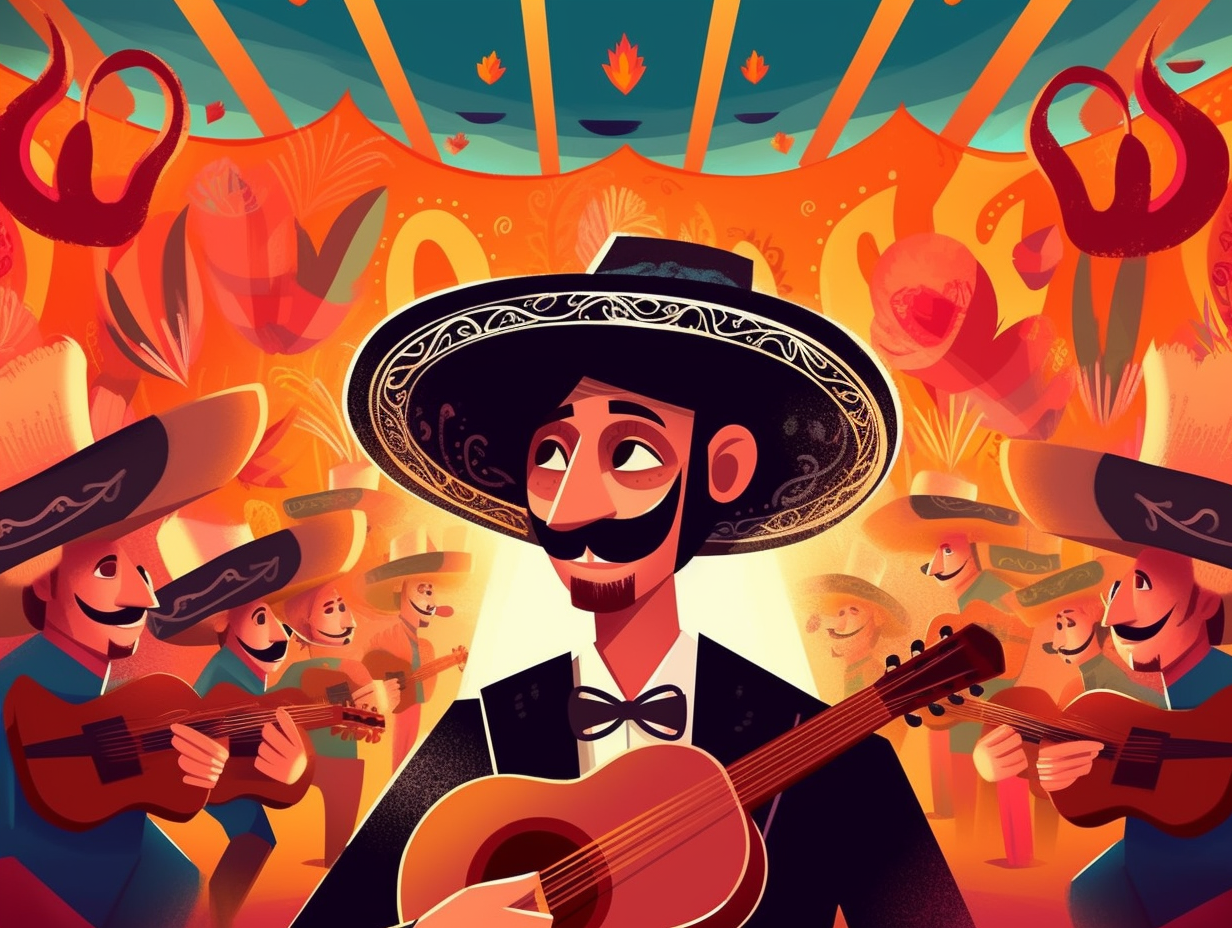
Did you know the Guitarrón, a chunky bass guitar, is the heart and soul of Mariachi bands, making skeletons dance on the Day of the Dead? Discover its unique role and sound in traditional Mariachi music!
=> Fun Facts about Mariachi
3. Macarena: Flamenco Gone Viral
Who would've thought that flamenco fever could spark a global dance epidemic? The Macarena virus hit the world without the slightest warning, infiltrating parties and family reunions, leaving no shuffling limbs unscathed: This contagion was kickstarted when Los del Río, a Spanish pop duo, created the infectious tune "Macarena" as a tribute to a flamenco teacher's dazzling dance moves at a Venezuelan soirée back in 1993. It was the touch of Miami-based producers The Bayside Boys that turned it into a worldwide earworm, dominating the U.S. Billboard Hot 100 singles chart for 14 weeks and earning Los del Río the coveted title of "No. 1 Greatest One-Hit Wonder of All Time" by VH1 in 2002.
Source => en.wikipedia.org
4. Andalusia: Birthplace of Flamenco
If the hills are alive with the sound of music, then Spain's Andalusian region must be buzzing with the clackety-clack of rhythmic heels and passionate strums of a guitar: Flamenco music and dance, born from the gypsies residing in the region, thrive in Cadiz City. Immerse yourself in this fiery art form at venues like La Cava or Taberna Flamenco, and catch a Flamenco Thursday performance for an authentic taste of Spanish culture.
Source => whatcadiz.com
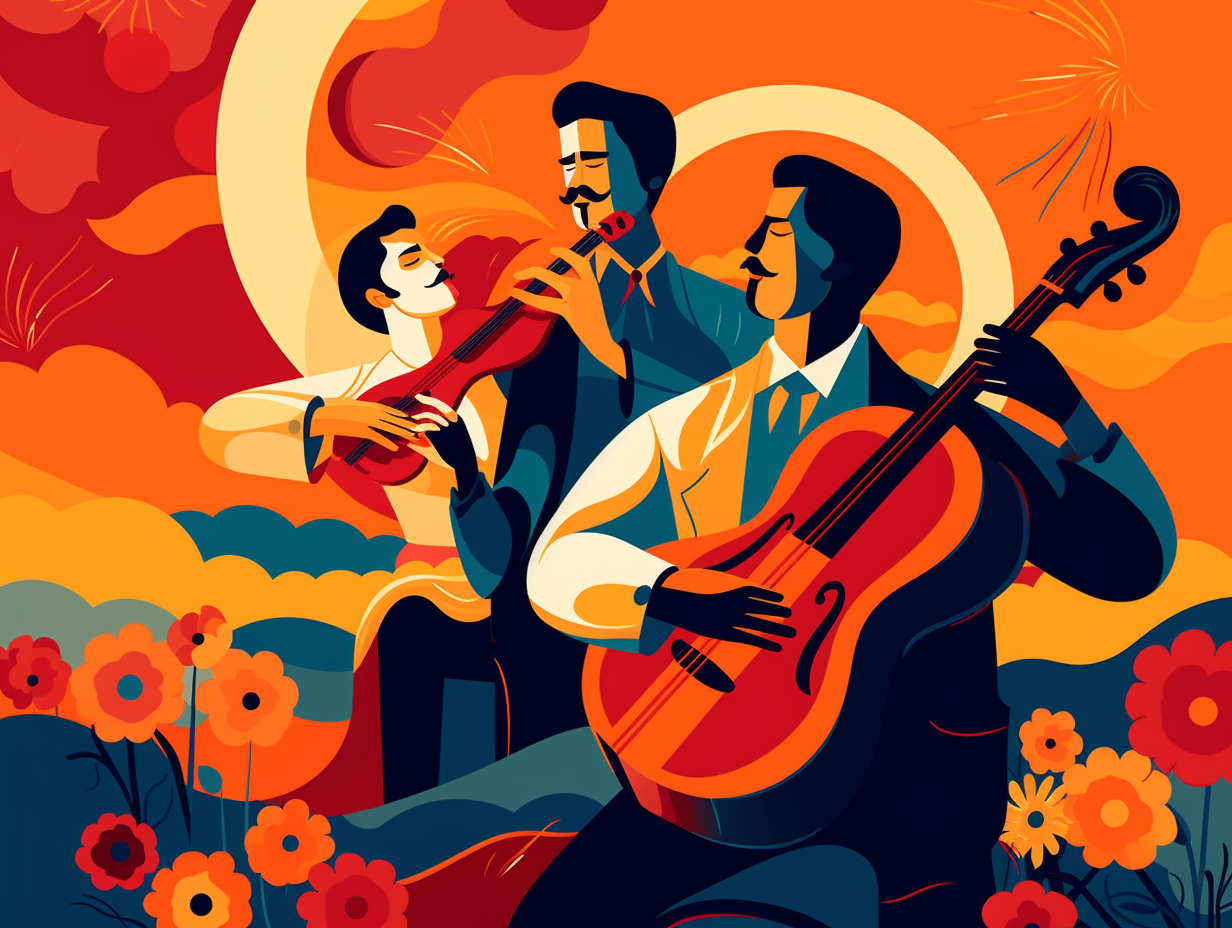
5. La Movida Madrileña: Spain's '80s Fiesta
In a time where disco fever ruled and punk rock moshed into the scene, Spain said 'hola' to a different kind of fiesta, one with dada, futurism, and an extra pinch of rebellion: the La Movida Madrileña emerged in the 1980s during Spain's transition to democracy, giving birth to a countercultural movement fusing punk rock, synth-pop, LGBTQ+ expression, and even creating a new dialect – cheli. The movement boogied beyond Madrid and spread its unique rhythm to cities like Barcelona, Bilbao, and Vigo.
Source => en.wikipedia.org
6. Paco's Cajon Adventure
When Paco de Lucía stumbled upon the cajón at a party in Peru, it was a classic case of musical serendipity - like when Prince met Purple and life was never the same again: This enchanting Peruvian percussion box was brought back to Spain in 1977 and has since become the beating heart of flamenco music, lending a unique sound that partners up with the dance and guitar like a trio of spicy tapas on a warm Andalusian night.
Source => palaudalmases.com
7. Julio Iglesias: The Original Enriquetastic
From crooning ladies' man to Enriquetastic patriarch, Spain's melodious Don Juan had his cake and ate it, too: The suave Julio Iglesias, father of the hunky Enrique, holds the title of top-selling Spanish-speaking artist in history, with over 300 million albums sold worldwide, a Grammy, a star on the Hollywood Walk of Fame, and multiple attendance-shattering records to his name.
Source => boomsbeat.com
8. Classical vs. Flamenco: Guitar Sibling Rivalry
Who said classical and flamenco guitars can't have sibling rivalry? They may share the same family tree, but these two stringed siblings have some serious differences to settle: Classical guitars sport higher action and neck relief for a pristine, buzz-free tone while their spirited flamenco counterparts have lower action, resulting in a buzzing growl perfect for rapid strumming and nimble finger-picking. The flamenco guitar even differentiates itself with its preference for spruce tops and cypress backs, though "Negra" guitars have attracted the modern flamenco player's eye with non-cypress/sycamore back and sides. So, next time you hear their strings sing, you'll know who's who in this melodious family feud.
Source => cordobaguitars.com
9. Fandango: From Sinful Shimmy to Aristocratic Attraction
While the Spanish Church once dubbed it the "knee-slapping sinful shimmy," the aristocrats just couldn't resist the rhythmic temptations of the Fandango dance: The spirited dance's origins lie in Portugal and Spain and it is characterized by the playful use of guitars, castanets, tambourines, hand-clapping, and a four or five octosyllabic verse structure. It has since boogied its way out of the consistorium-turned-dance-hall and into the repertoires of European composers, becoming an enduring folk dance tradition in both Spain and Portugal.
Source => en.wikipedia.org
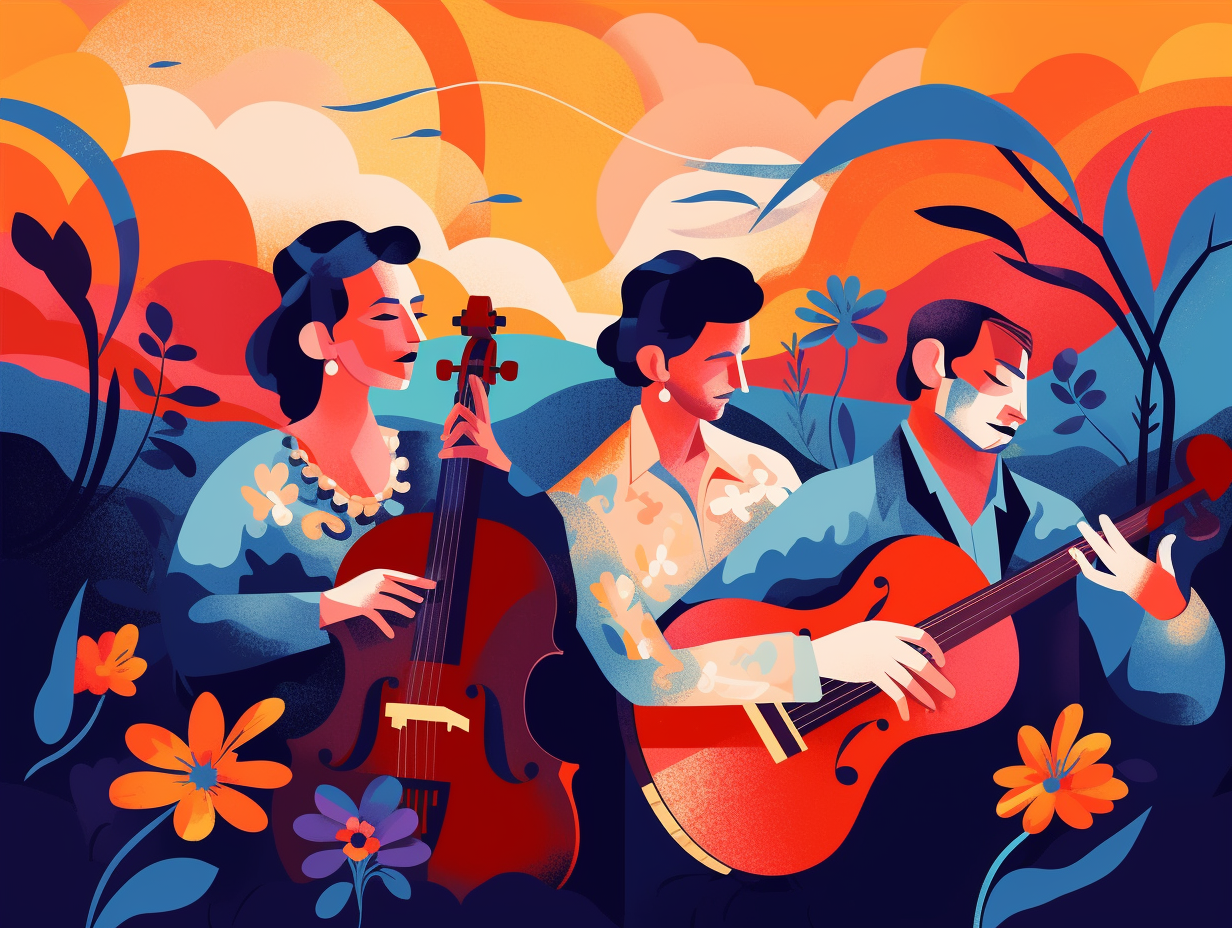
10. Flamenco Shoes: Heels Fit for Dancing Divas
Whoever said "heels can't be fun" never met a Flamenco dancer and their collection of spunky stilettos: Flamenco shoes have a range of specialized heel types like Garrucha, Semi-Carrete, and Cuban heel to ensure the dancer's comfort, stability, and foot sensitivity, making these shoes a stylish and essential piece of equipment for a sensational performance.
Source => oleoleflamenco.com
11. Héroes del Silencio: Rock 'n' Poetry Sensations
Blame it on the poets and rock gods: When Héroes del Silencio stormed the Spanish rock scene, fans didn't know whether to headbang or recite stanzas from William Blake's "The Tyger". Their distinct style melded literary influences like Charles Baudelaire with the sounds of Led Zeppelin and The Cult, becoming Spain's lyrical rock sensation: The band's success not only spread across Spain but also reached the Americas and Europe, captivating audiences with their elaborate melodies and complex lyrics until they disbanded, only to reunite for an epic world tour in 2007 that boasted 10 concerts with over 20,000 attendees each time.
Source => en.wikipedia.org
12. Tecnocumbia: South America's Electronica Remix
From techno-rave to cumbia wave, behold the rhythmic lovechild waltzing across Latin America: Tecnocumbia is a fusion of electronic beats and traditional Colombian cumbia rhythm, which boomed in South America and Mexico in the early 1980s. With groups like Super Show de los Vazkez, Los Temerarios, and Los Bukis leading the electronic charge, even Tex-Mex queen Selena jumped on the bandwagon with hits like "Como la Flor" and "Carcacha." The genre evolved across Peru, Bolivia, Ecuador, and Chile, giving us melodious marvels like Rossy War, Grupo Coctel, and Sharon la Hechicera.
Source => en.wikipedia.org
13. Andalusian Nightclub Queen: Flamenco
If Andalusia were a nightclub, Flamenco would be the dance floor queen where everyone wants a piece of the rhythm: a glorious confluence of Arabic, Hebrew, and gypsy cultures spawned in the music-loving "golden triangle" of Triana, Jerez de la Frontera, and Cadiz. Unleashing her passion in over 50 head-turning variations, Flamenco has truly conquered hearts with her enchanting rhythms, captivating lyrics, and hypnotic moves.
Source => south.tours
Related Fun Facts


